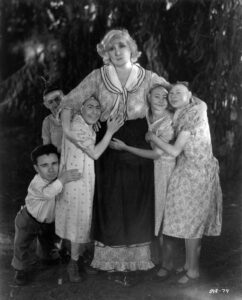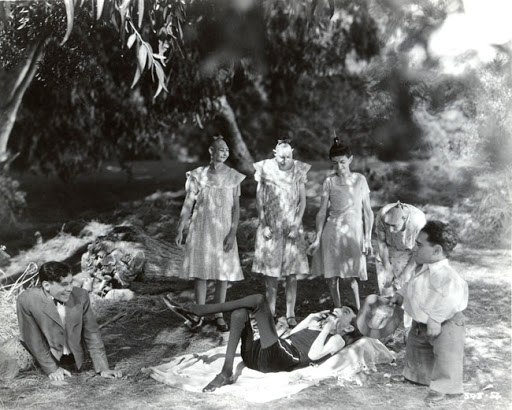Rumor has it that at a studio script reading of Browning’s Freaks, Irving Thalberg, MGM’s production head, is reputed to exclaim, “I asked for something horrifying. Well, I got it.” But when Freaks was released, it failed. Unlike Browning’s Dracula, released in 1931, audiences were repelled rather than attracted. Eventually, however, it was “discovered” and became a cult classic.
The narrative begins at a Freak Show but shifts to a pleasant afternoon in a clearing somewhere in France. It’s a picnic, and Madame Tetrallini, a circus proprietor, is exercising members of the troupe. She reads a newspaper while the Pinheads, Little Angelo, Johnny, and others awkwardly dance. They are having fun. But when they are interrupted by the local landowner, Duval, and his groundskeeper, they huddle around Tetrallini. 
Used to confrontations with people unfamiliar with her troupe, Tetrallini says that she’s providing time off for her “children.” “I like to take them to the sunshine,” she explains. Realizing who they are, Duval says, “Oh, you’re a circus, I understand.” When the scene fades, so does madame Tetrallini, who disappears from the film.
There is no food or drink.
Featured Image: Rose Dionne as Madame Tetrallini
See Ted Browning. Freaks (1932). Screenplay by Willis Goldbeck and Leon Gordon is based on Tod Robbins’s story “Spurs” (1923). Mark A.Viera. Irving Thalberg: Boy Wonder to Producer Prince. University of California Press, 2009
Streaming: https://www.youtube.com/watch?v=NkmUIQL4spM

